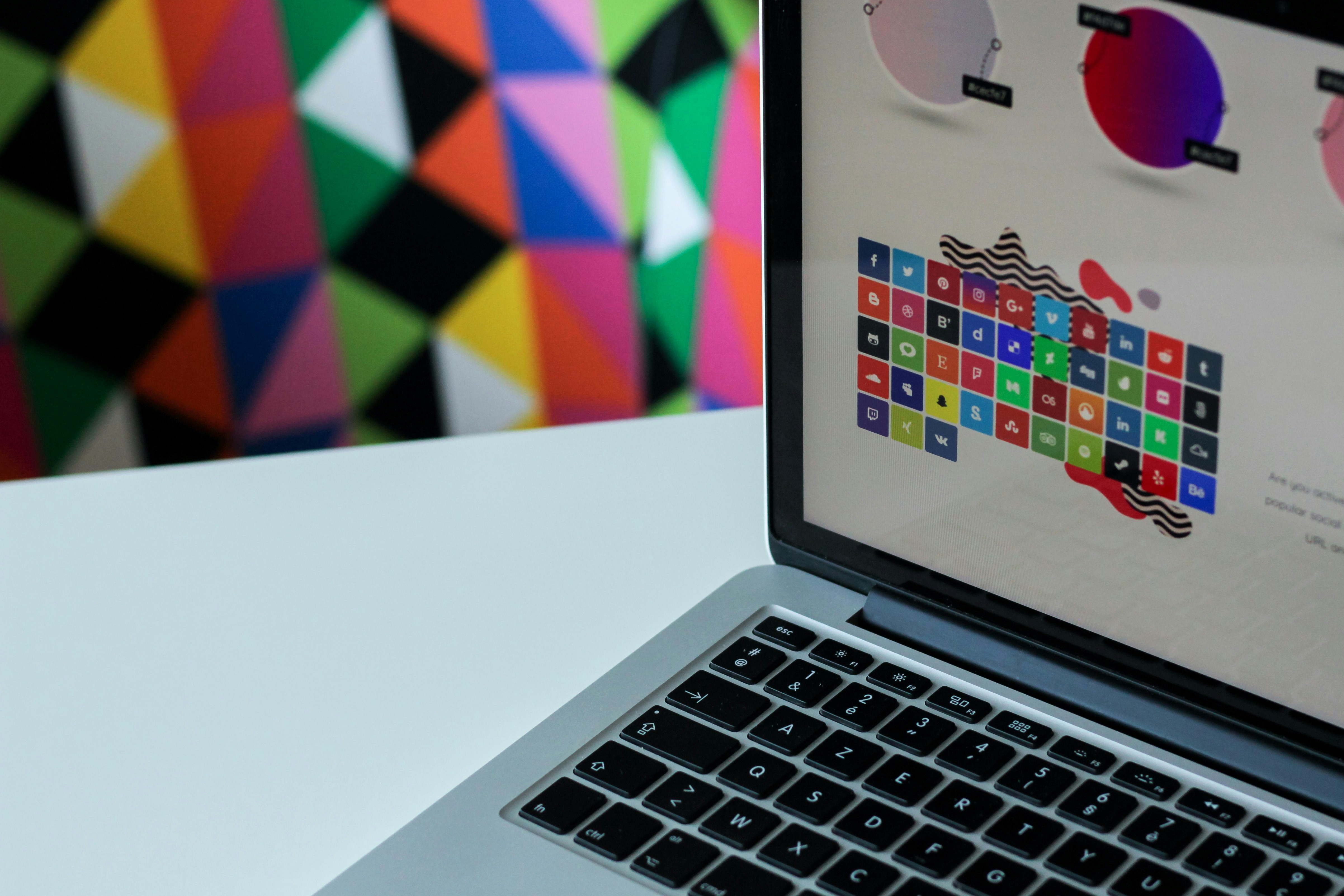Crafting Seamless Digital Experiences
2024
In today's digital landscape, where user interaction with technology is ubiquitous, the role of UI/UX design has become increasingly crucial. Join me on a journey as we explore the dynamic world of UI (User Interface) and UX (User Experience) design—unveiling their significance, principles, and the impact they wield in shaping intuitive and enjoyable digital experiences.
Understanding UI and UX Design
UI design focuses on the aesthetics and functionality of digital interfaces, encompassing elements such as layouts, colors, typography, and interactive components. It ensures that the visual and interactive elements of a product are aesthetically pleasing, consistent, and user-friendly. On the other hand, UX design centers on enhancing the overall experience users have while interacting with a product or service. It involves understanding user behaviors, conducting research, creating user personas, and designing intuitive pathways that guide users seamlessly through their journey.
The Intersection of Form and Function
Effective UI/UX design strikes a delicate balance between form and function. It merges creative design principles with a deep understanding of user needs and behaviors to create interfaces that are both visually appealing and highly functional. By prioritizing clarity, simplicity, and accessibility, UI/UX designers ensure that users can navigate digital platforms effortlessly, regardless of their level of expertise.
Creating User-Centric Experiences
At the heart of UI/UX design lies a commitment to putting the user first. Designers strive to empathize with users, anticipate their needs, and address pain points through intuitive design solutions. Usability testing, user feedback loops, and iterative design processes are integral to refining interfaces and ensuring they meet the evolving expectations of their target audience.
Innovation and Iteration
UI/UX design is a continuous journey of innovation and iteration. Designers embrace creativity and experimentation to push the boundaries of what is possible, while also iterating based on user feedback and data-driven insights. This iterative approach allows for refinement and optimization of interfaces, ultimately enhancing user satisfaction and driving engagement.
The Impact of UI/UX Design
Well-crafted UI/UX design has a profound impact on businesses and users alike. For businesses, it can differentiate their products in competitive markets, increase customer retention, and drive revenue growth through enhanced user satisfaction. For users, it means seamless interactions, intuitive navigation, and ultimately, a positive digital experience that fosters trust and loyalty.
Challenges and Opportunities
While UI/UX design offers immense opportunities for innovation and creativity, it also presents challenges. Designers must navigate evolving technologies, diverse user expectations, and the need for accessibility and inclusivity. By staying informed about industry trends, collaborating across disciplines, and advocating for user-centric design principles, designers can overcome these challenges and deliver exceptional digital experiences.
Conclusion: Shaping the Future of Digital Interaction
In conclusion, UI/UX design is not merely about creating visually appealing interfaces—it is about crafting meaningful and memorable experiences that resonate with users. By embracing empathy, creativity, and a relentless pursuit of excellence, UI/UX designers play a pivotal role in shaping the future of digital interaction. Let us continue to innovate, collaborate, and advocate for user-centric design practices that elevate the quality of digital experiences and enrich the lives of users worldwide.
"UI/UX design is the art of blending aesthetics with empathy, creating digital experiences that delight, engage, and seamlessly guide users on their journey."



